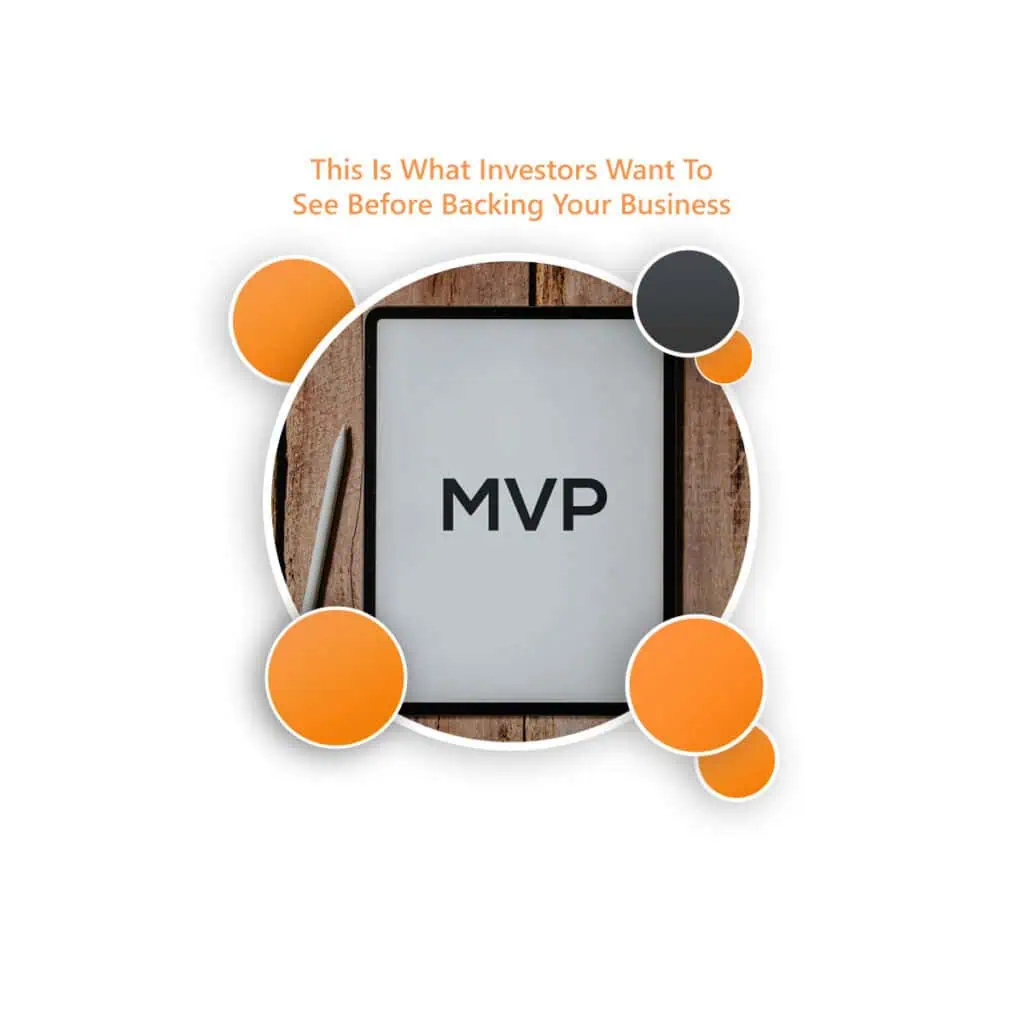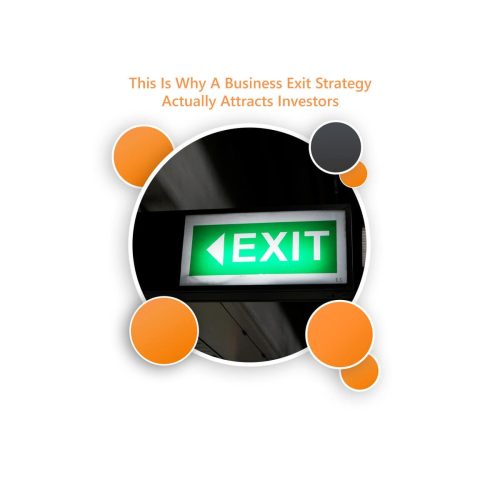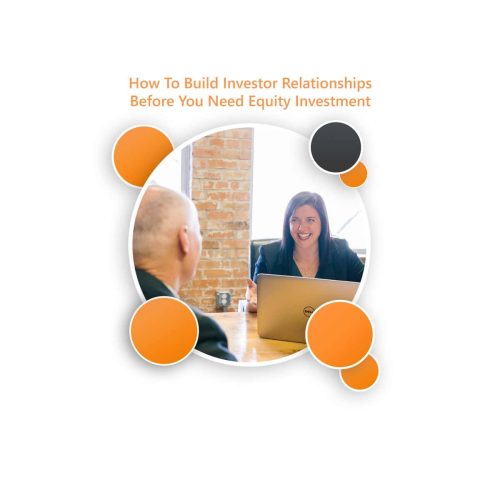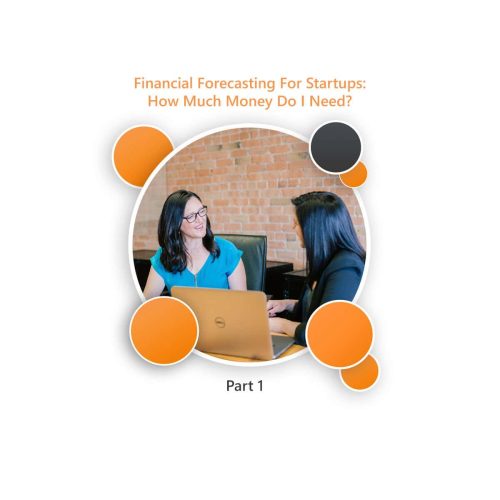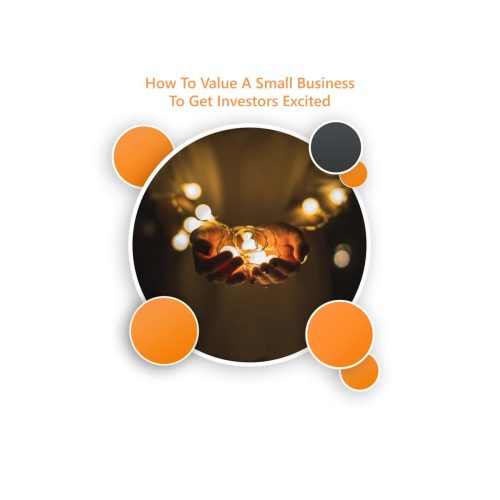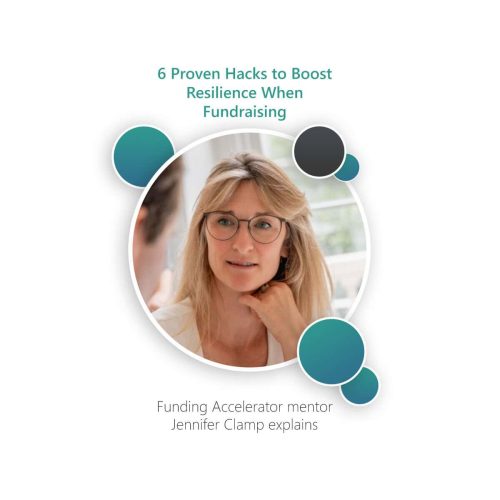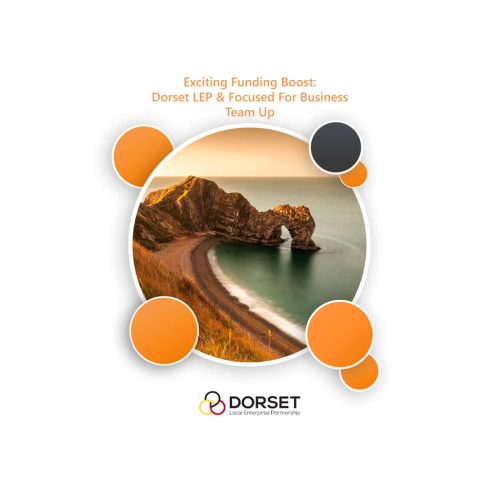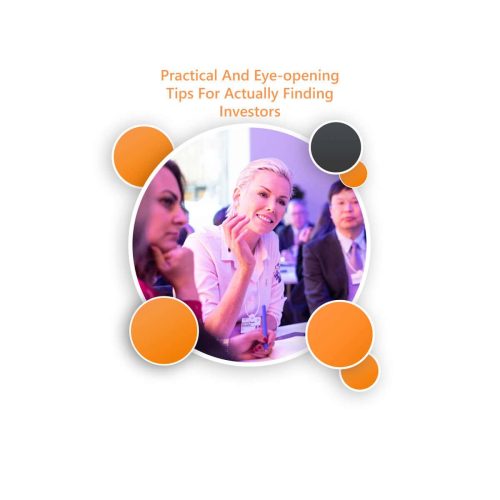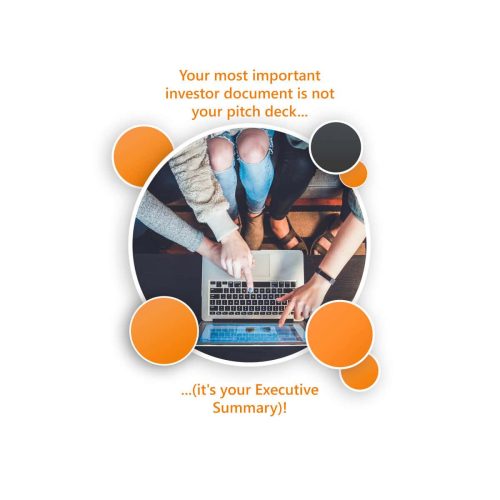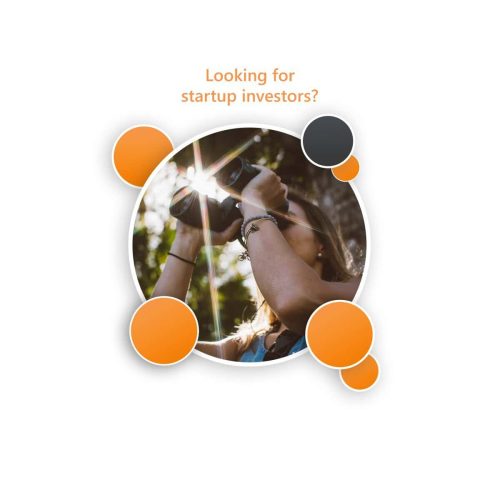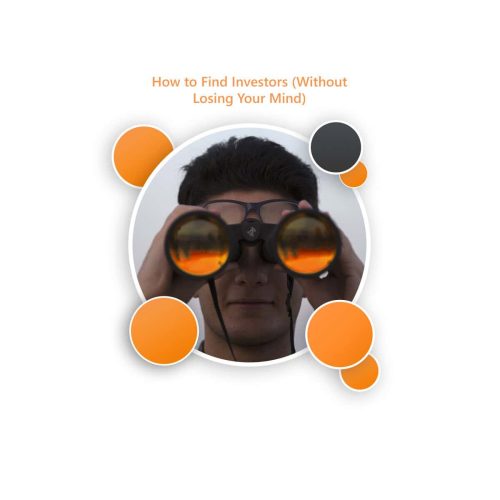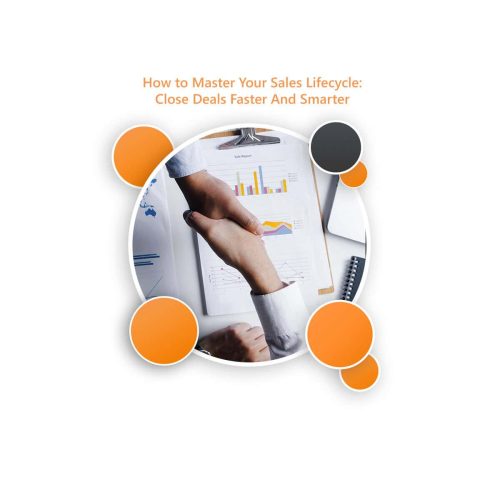When pitching to investors, there’s one key term that will almost always come up: MVP (Minimum Viable Product). It’s not just a buzzword; it’s a critical milestone that shows your startup has moved beyond just an idea. An MVP demonstrates that you’ve taken the time to develop a basic, functional version of your product and tested it in the real world.
However, it’s not just about building an MVP. Cost effectiveness is another crucial aspect that investors are keen to see. They want to know that you’re using resources wisely, keeping costs under control, and making the most of every pound you spend. After all, their investment needs to be used efficiently to maximise returns.
In this blog, we’ll explore why investors prioritise seeing a minimum viable product and cost effectiveness, and how demonstrating both can strengthen your pitch.
1. Proving You Can Execute: The Power of a Minimum Viable Product
Building a minimum viable product shows investors that you’ve moved past the conceptual stage and taken tangible steps towards turning your vision into reality. It’s evidence that you can execute on your ideas and bring a product to market, even in its most basic form. This is a critical point for investors, as it starts to de-risk the startup from their perspective.
A minimum viable product doesn’t need all the bells and whistles, but it does need to work. It’s the leanest version of your product that still delivers value to your ideal customer. By focusing on your customer’s most important needs and matching this with core product functionality, you can quickly validate your concept and show investors that there’s genuine demand for what you’re offering. Investors aren’t just investing in ideas; they’re investing in founders who understand their customers, can take action and deliver results.
Why it matters:
- Proves there’s market interest and customer demand for your solution.
- Demonstrates your ability to respond to customers, and build and launch a product.
- Shows that you’re agile and can iterate quickly based on feedback.
2. Real-World Feedback Beats Theoretical Assumptions
Investors want to see that you’ve tested your product with real customers and received valuable feedback. A minimum viable product allows you to gather insights from early adopters, helping you identify what works and what needs improving. By incorporating user feedback into your next product iterations, you reduce the risk of spending money on features or ideas that don’t resonate with your target market.
For investors, this is gold. It reassures them that you’re not building in a vacuum and that your product has traction in the real world. Early signs of traction can include users signing up, placing pre-orders, or even simply expressing interest in future versions. These indicators show that you’re on the right track and that the product has potential.
Why it matters:
- Provides early evidence of product-market fit.
- Demonstrates that you’re listening to customer needs and adapting.
- Reduces the likelihood of costly missteps later on.
3. Cost Effectiveness: Stretching Every Pound Wisely
A minimum viable product also shows investors that you know how to be cost-effective. Instead of pouring funds into a fully-fledged product from day one, you’ve taken a lean approach to test your idea. This frugality is something investors love to see. They want to know that you can be resourceful and manage the company’s finances with care—especially in the early stages when every penny counts.
Building an MVP allows you to save on development costs, launch quickly, and start generating feedback or revenue without burning through cash reserves. If you can demonstrate that you’ve delivered an MVP on a lean budget, it speaks volumes about your ability to manage resources and prioritise essential tasks.
Why it matters:
- Shows that you’re not overspending on unnecessary features.
- Proves that you can manage funds responsibly, which is key to sustaining growth.
- Indicates to investors that their investment will be used efficiently to scale the business.
4. Burn Rate and Runway: Keeping an Eye on Costs
Investors will also be looking at your burn rate (how quickly you’re spending money, usually on a monthly basis) and your runway (how long your current funding will last). An MVP helps keep these numbers in check. Since you’re not overcommitting resources to a full-scale product, your burn rate stays lower, which extends your runway and gives you more time to reach key milestones that will unlock further funding.
If your burn rate is high without an MVP in place, investors may worry that you’re spending too fast without truly understanding market demand. A well-executed MVP, combined with a lean approach to spending, helps give investors confidence that you’re not on a fast track to burning through their capital without delivering results.
Why it matters:
- Shows that you’re mindful of keeping costs down and extending runway.
- Reduces risk for investors by demonstrating a manageable burn rate.
- Provides a clear plan for how funds will be used to reach your next milestones.
5. Building Trust: Investors Want to See Smart Decisions
Ultimately, showing both an MVP and cost effectiveness builds trust with investors. It proves that you’re making smart, data-driven decisions and are capable of navigating the challenges of early-stage growth. Investors are more likely to back founders who can demonstrate discipline, a clear understanding of their market, and the ability to use funds efficiently.
By focusing on what’s essential, gathering real-world data, and keeping costs under control, you’re positioning your business as a low-risk, high-potential opportunity for investors.
Why it matters:
- Builds credibility and trust with potential investors.
- Increases the likelihood of securing funding.
- Sets the foundation for a strong working relationship post-investment.
Minimum Viable Product and Cost Effectiveness Go Hand in Hand
In the current funding environment, investors are looking for more than just a great idea. They want to see that you can execute on that idea with an MVP and that you’re doing so in a cost-effective way. Demonstrating both will not only increase your chances of securing funding but also show investors that you’re serious about building a sustainable and scalable business.
Remember, it’s not about building the perfect product right away, it’s about building the right product for your customers and using resources wisely along the way. When investors see that you can do both, you’re well on your way to winning their backing.
Are you ready for investment? Answer these 20 quick questions to understand if now is the right time for you to raise investment.
- Founders’ Negotiation Tactics: How To Secure The Best Startup Valuation - May 12, 2025
- How To Master Your Sales Lifecycle: Close Deals Faster And Smarter - April 30, 2025
- How To Maximise Your Business Valuation And Attract Investors - April 7, 2025

